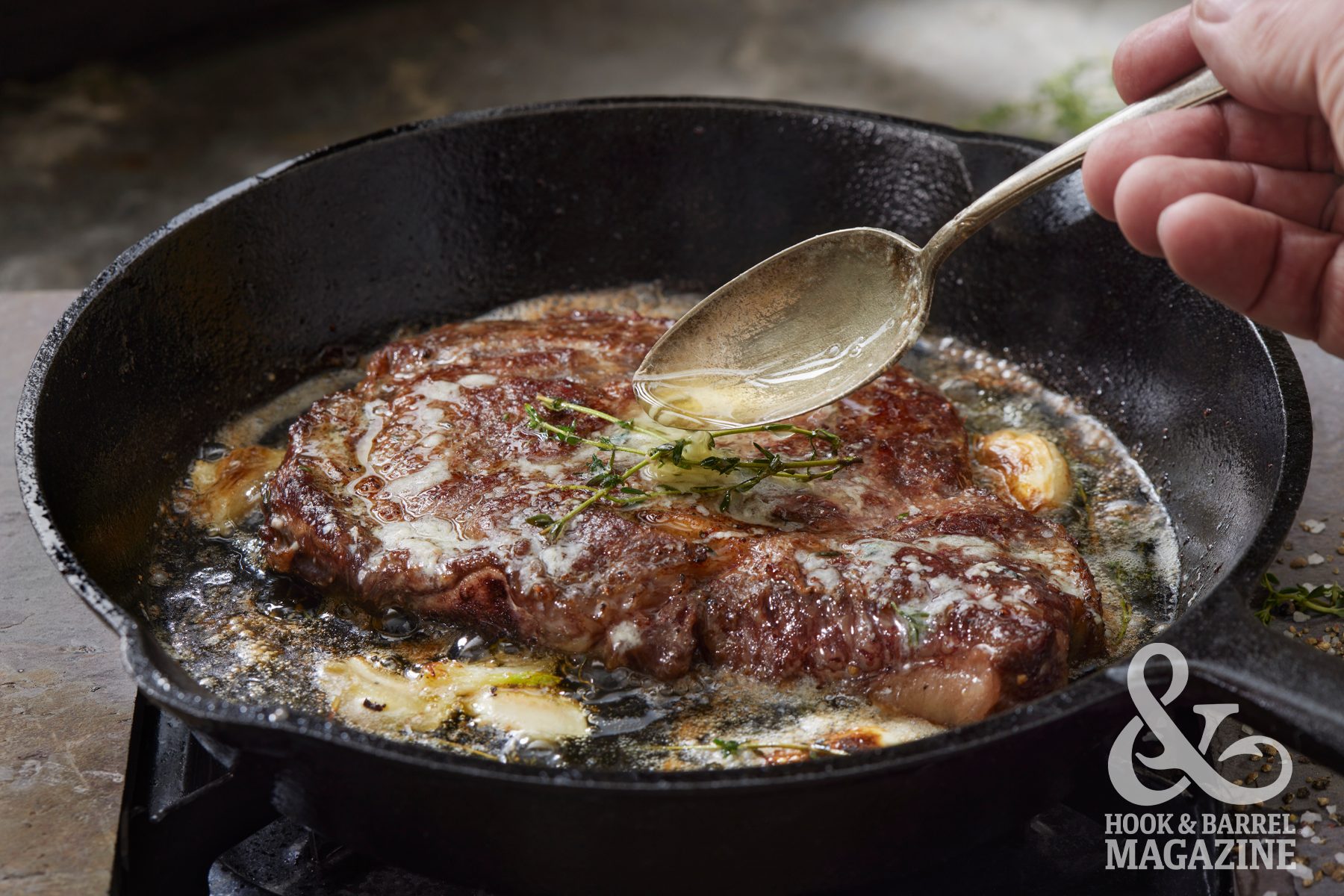
Cooking With Cast Iron Is Not As Hard As You May Think
I was blessed to grow up in an extended family where I learned how to cook by watching and participating. I have fond memories of watching amazing meals prepared in those cast-iron skillets and Dutch ovens passed down from generations before me.
Cooking has been one of my passions for three decades now, and I thoroughly enjoy making people smile by serving them delicious food. I am thankful I am able to cook on some of my family’s cast iron today. I am also an avid collector of cast-iron skillets from the early 1900s, with friends giving me gifts that come with complete authenticity documentation. And yes, I do think about the history while I cook for my family and friends—and that is part of the appeal for me—aside from the distinctive culinary reasons I choose cast iron.
I have never seen anyone excited by being given a well-used, scratched non-stick skillet, but give someone a well-seasoned cast-iron skillet and watch what happens. Seeing a used cast-iron skillet on a stovetop is just plain sexy and generally elicits a certain attachment to the past. And, aside from the nostalgia, there are distinctive culinary reasons I choose cast iron.
Stick with me here, and we will get you well on your way to preparing delicious, easy-to-make meals for your family and friends with your cast iron.
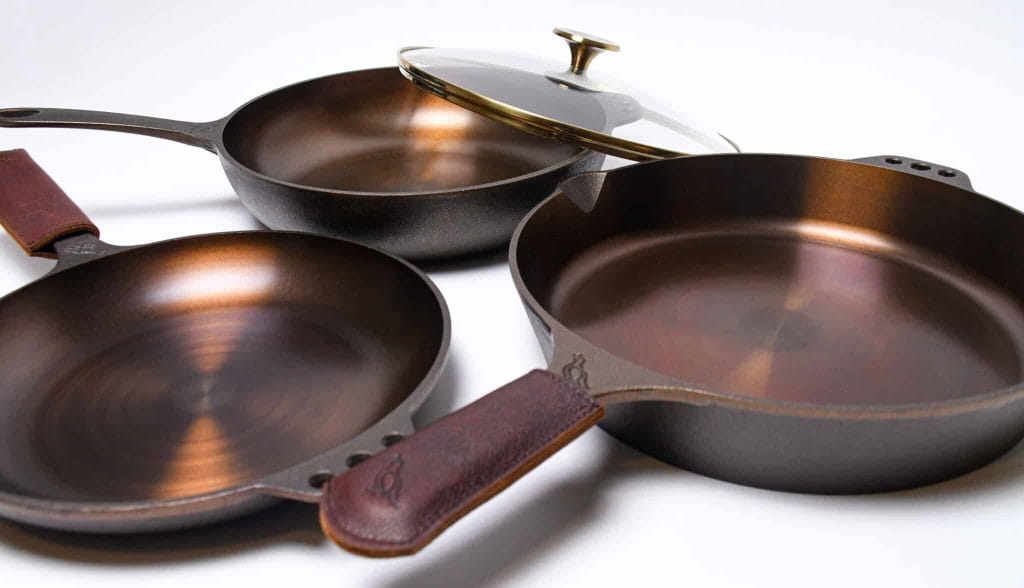
Getting Started With Cast Iron
Begin with a properly seasoned cast-iron skillet—we prefer and suggest our favorite brand—Smithey. Keep in mind that it does take a bit longer for a cast-iron skillet to reach the proper temperature, and it does not distribute the heat as well as other cookware. However, there is a way to get consistent heat results every time. DO NOT forget to use an oven mitt or silicone handle cover on the hot handles. Talk about “ouch” if you touch without either.
Whether you prefer butter or oil as a base to coat the bottom of your cast-iron skillet, I recommend you use one or the other. This will help your skillet be more non-stick.
Start the heat on low to get a good melt. Stir around as you increase the heat with a long handle spoon or spatula. This will help distribute the heat a little better. It also helps to prevent scorching. Remember, once cast iron heats up, it holds heat longer.
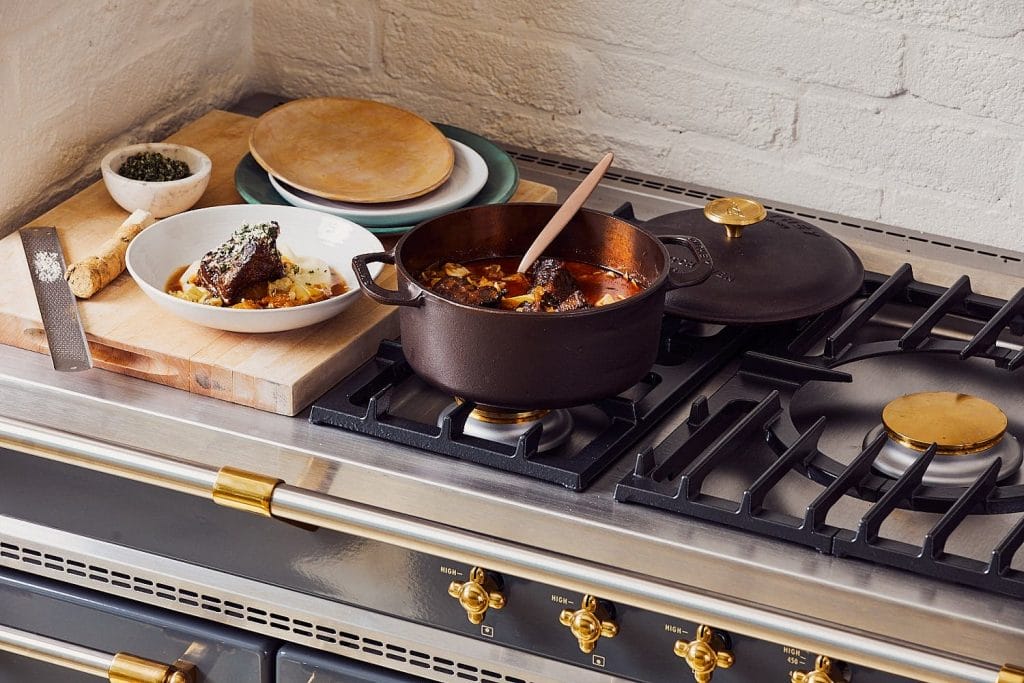
Cooking
If I am sautéing something, I rarely set the stove temperature above low/medium heat. When I am frying with oil or doing a quick meat sear, I turn the heat to medium/high heat—never the highest temperature setting. The butter or oil will show that the temperature is too high if it starts to burn. If so, quickly remove the skillet from heat for a minute or two and then resume. If it is too burned, wipe it out with a paper towel, and start over. You will get the hang of it. This may take some practice to learn, but it’s worth it.
Due to the heat retention, I rarely cover what I am cooking and usually do not incur splatter, as I am cooking at lower temperatures than with other cookware. Cast iron cooks food faster, so keep a close eye on your dishes—especially if you are using multiple skillets at the same time. Timing is everything in cooking. Once you get the hang of using cast iron, you will enjoy being able to cook in a shorter time. Believe it or not, you will get to know your skillet over time, which makes the process smoother.

Cleaning Cast Iron
Aside from the cooking benefits of cast iron, if it has been seasoned properly beforehand, cleaning it is a breeze. If not, seasoning is easy, too. Here is what I do once I am done serving the food. With the skillet still hot, I turn on the faucet to hot water. I then put on my grill glove or use one of my silicone handle covers and run the hot water over the skillet (it will sizzle). Most of the time all I have to do to remove food particles is use the spray nozzle. The heat from the skillet and water usually releases the food.
Soap is not necessary most of the time, and I have a heavy-duty plastic scraper for use on cast iron that will scrape off the remaining food that is sticking. I then take a brush that is specifically made for cast iron and brush it out. Finish by spraying a light amount of safflower or canola oil, and use a paper towel to wipe the oil to a thin layer. Usually, I leave the cleaned skillet on my stove top, as I love to see it. If I am storing in a cabinet, I will place a paper towel over the top. Either way, it’s ready for the next use.
Word of caution: don’t soak your cast iron in water, as it is guaranteed to rust.
Cooking with cast iron is fun, rewarding, and easy. Start your own tradition with a new cast-iron skillet or two if you don’t own one now, and pass on that history. Perhaps one day, a family member or friend will think of you and the history behind the skillet every time they use it.
Cast Iron History & Facts
- The first known use of cast-iron cookware was during the Han Dynasty in China, around 220 A.D.
- In 1707, Abraham Darby patented the sand-casting method, which is similar to the way we make cast iron today.
- Because of Darby’s contribution, the 18th and 19th centuries saw a boom in cast-iron cookware.
- Cast-iron cookware was especially popular among homemakers during the first half of the 20th century due to it being inexpensive, yet durable. Most American households had at least one cast-iron cooking pan.
- Cast iron fell out of favor in the 1960s and 1970s, as Teflon-coated aluminum non-stick cookware was introduced and quickly became the item of choice in many kitchens.
- A major reason why cast-iron cookware is making a comeback today is because of possible health concerns such as perfluorocarbons in cookware.
Benefits Of Cast Iron
- Virtually indestructible and can last for generations.
- Helps make food taste better.
- While it takes a bit longer to heat up, it has far superior heat retention than any other cookware.
- You can do a slow cook or a fast sear and get consistent results.
- It is versatile and can be used on the stovetop, oven, and BBQ grill/smoker.
- It can also become as non-stick as aluminum and stainless steel.
How to Season Cast Iron:
- Preheat oven to 350°F.
- Wash the skillet with a small amount of mild dish soap and hot water.
- Make sure the skillet is completely dry.
- Coat entire skillet (top, bottom, and handle) in safflower or canola oil.
- Place the skillet upside down on your oven’s middle rack for an hour.
- Allow it to cool before removing it.
- Repeat the process up to three times.
How To Dry Age Venison










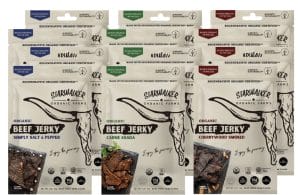

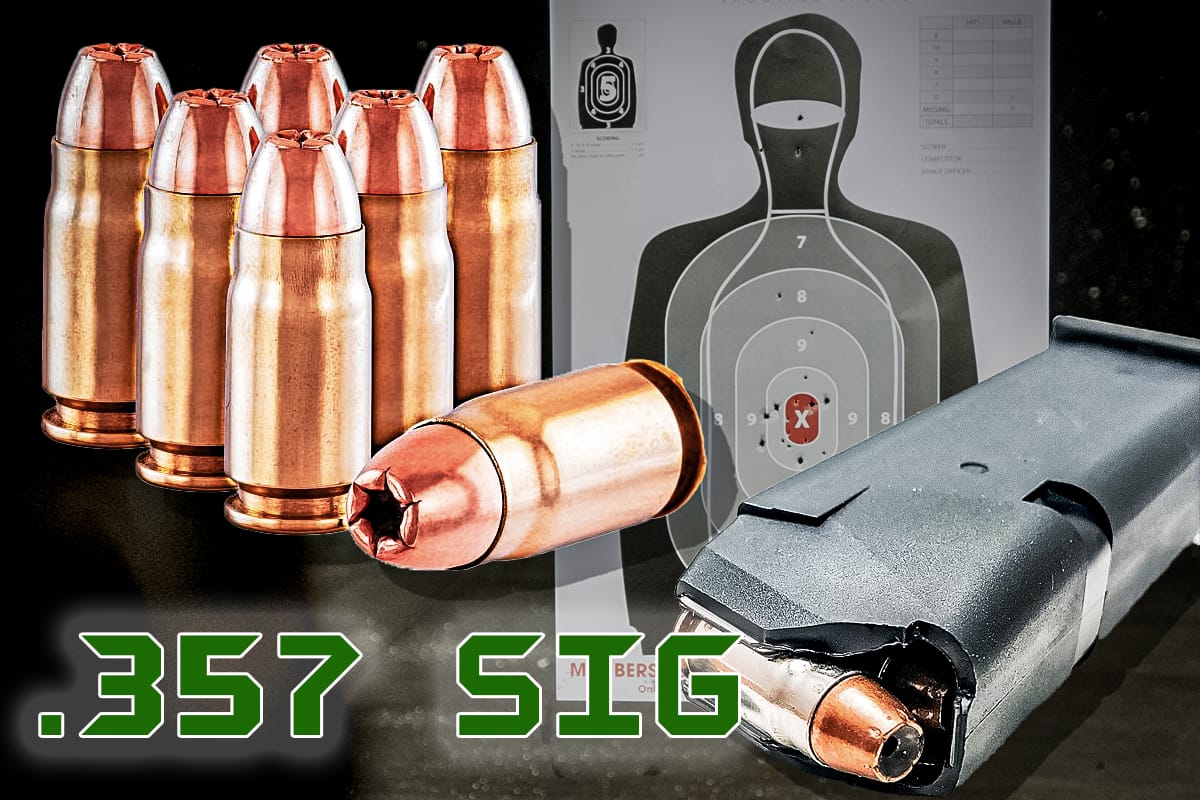

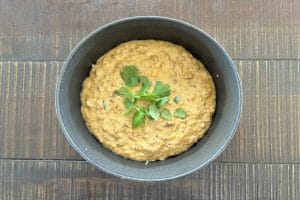
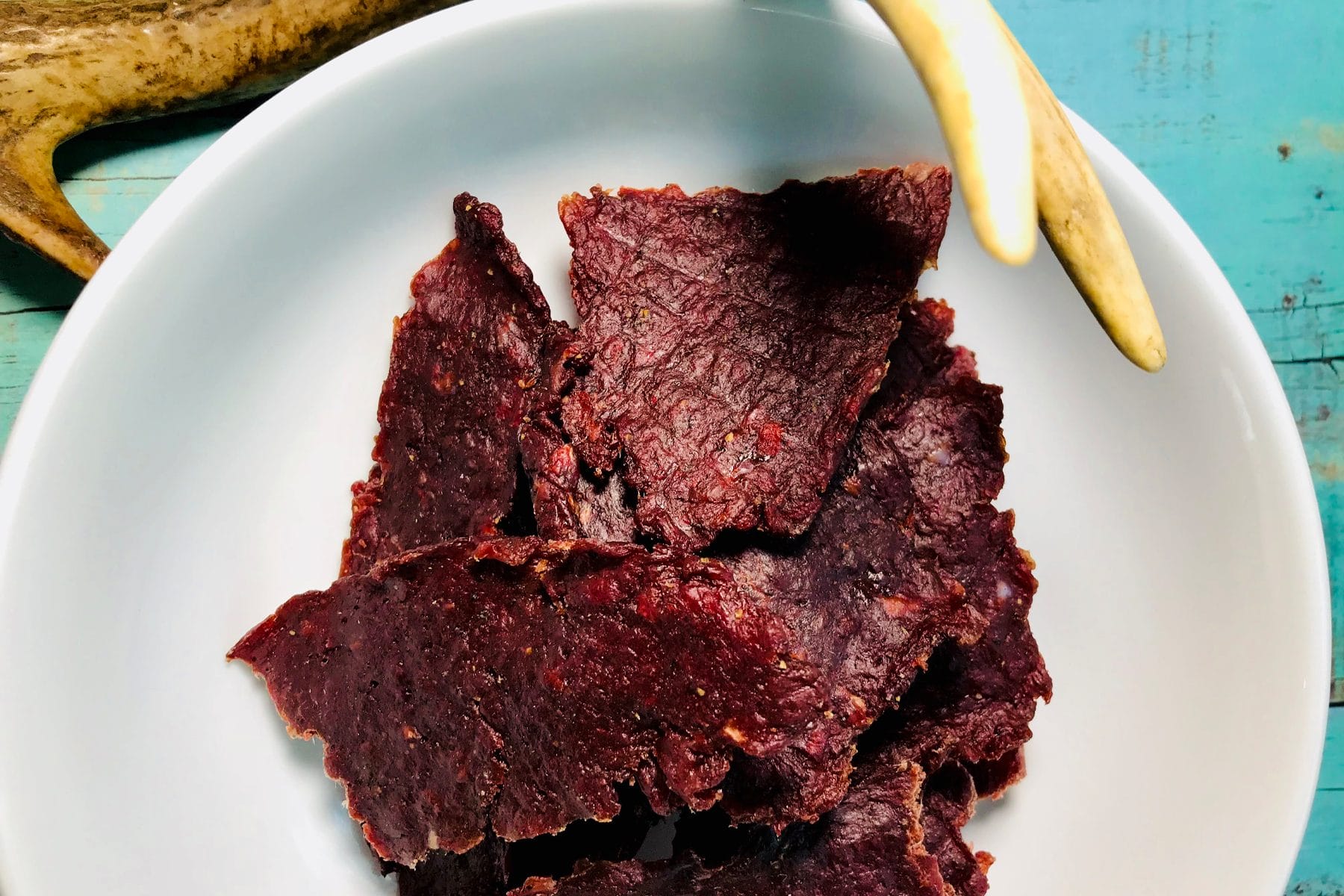








1 thought on “How To Cook With Cast Iron”
this was extremely helpful as I recently purchased a cast iron pan and was looking for info on seasoning the pan ..
Comments are closed.